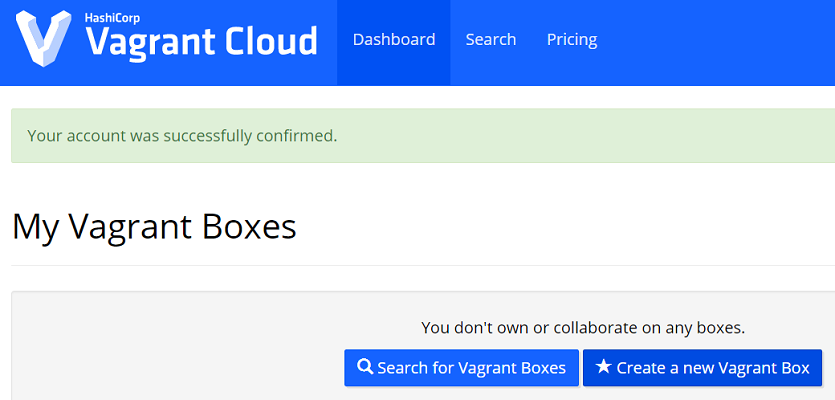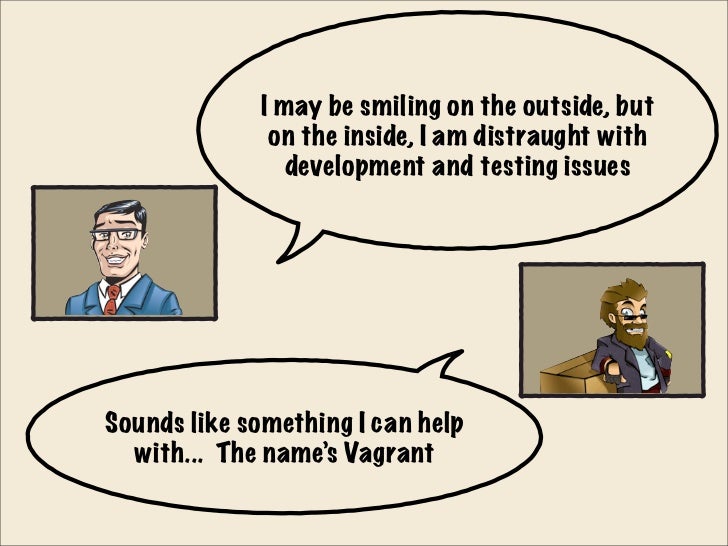

We are going to continue to see Vagrant and Docker play really well together and push each other's boundaries, which will only lead to more goodness.Some popular public cloud infrastructure that provide support for Vagrant are Amazon EC2, Google Cloud and Digital Ocean. OpenStack allows Docker Containers as a first-class citizen. Some startups are already supporting native Linux Container hosting. The world is headed to a place where Linux Containers co-exist with AND on Virtual Machines. For example, Serf is a project that comes from the makers of Vagrant but can easily be used with linux containers. They are inspiring each other and leading to mutual technical advancements. The worlds of Virtual Machines and Linux Containers are colliding. Docker Containers are well suited for CI/CD and micro-PaaS solutionsīut this is a clear indication that Virtual Machines are not going to give up without a fight.You can stick multiple containers on a single virtual machine which can save cost.Light-weight isolated environments are easier and faster to spin up and down than VMs.Docker is interesting for many more reasons than just docker commit. So, although Virtual Machines are slower than Docker Containers, they make up for it in flexibility and isolation. Vagrant Virtual Machines have better security and isolation than Linux Containers.Vagrant supports a much wider variety of operating systems.
Vagrant cloud windows#
Vagrant cloud install#
In fact, if you want to use Docker on your Mac, you usually use Vagrant to create a Linux VM first and then install Docker on that host (since it depends on the Linux kernel). But different because Vagrant gives you Virtual Machines in minutes and Docker gives you Linux Containers in milliseconds.

So they are similar because they both take a config file. Vagrant is a cross-platform tool that lets you specify Virtual Machines ( as a Vagrantfile) to deploy to a hypervisor (like VirtualBox on your laptop or vSphere or Hyper-V at work).ĭocker is Linux-only tool that lets you specify Linux Containers ( as a Dockerfile) to deploy to any host running Docker.


 0 kommentar(er)
0 kommentar(er)
